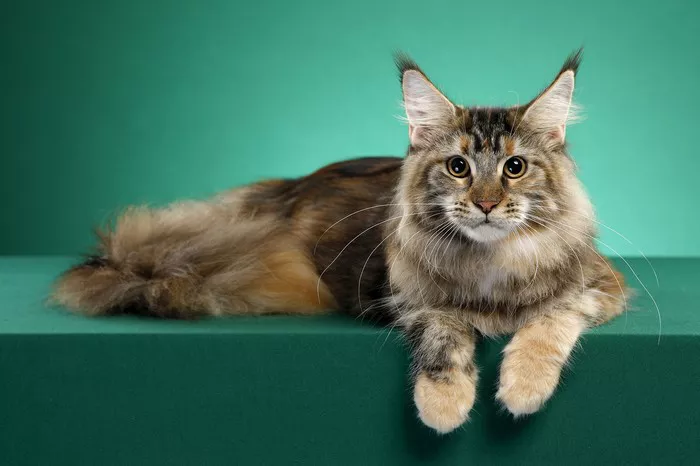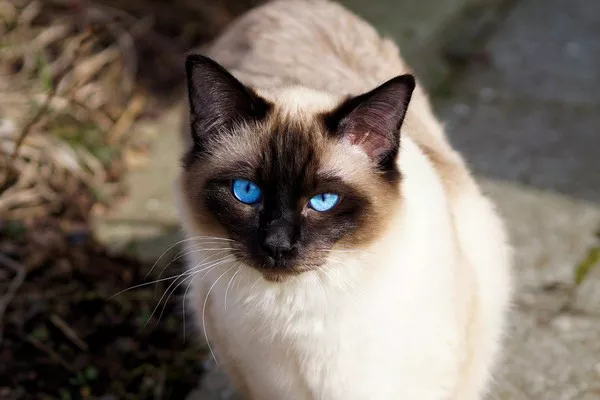Cats, with their mysterious and often independent demeanor, can sometimes exhibit behaviors that leave their owners puzzled. Anal gland problems are among the less-discussed issues that can affect our feline friends. Understanding these problems is crucial for cat owners to ensure the health and comfort of their beloved pets. This comprehensive guide delves into what every cat owner should know about anal gland problems, from causes and symptoms to prevention and treatment.
The Anatomy of Anal Glands in Cats:
Understanding the anatomy of a cat’s anal glands is the first step in comprehending the issues that can arise. Cats have two small glands located just inside the rectum, around the 4 and 8 o’clock positions. These glands play a crucial role in feline communication and territory marking.
1. Normal Function:
Under normal circumstances, the anal glands release a small amount of a foul-smelling substance during bowel movements. This scent serves as a unique identifier for each cat, aiding in communication with other cats and establishing territorial boundaries.
2. Potential Problems:
When these glands fail to empty properly, various problems can arise, leading to discomfort and potential health issues for the cat. Understanding the signs of anal gland problems is essential for timely intervention.
Signs and Symptoms of Anal Gland Issues:
1. Scooting:
One of the most common signs of anal gland problems is scooting – a behavior where the cat drags its hindquarters along the floor. This action is an attempt to alleviate the discomfort caused by full or impacted anal glands.
2. Excessive Licking:
Cats may excessively lick their anal area when experiencing discomfort. This behavior can lead to irritation and potential infection, making it crucial for cat owners to observe changes in grooming habits.
3. Foul Odor:
An unpleasant odor around the cat’s hindquarters may indicate issues with the anal glands. The scent is often strong and distinct, signaling the need for investigation and potential veterinary attention.
4. Changes in Defecation:
Cats with anal gland problems may display changes in their bowel movements. This can include straining, difficulty defecating, or even visible signs of blood or abnormal discharge.
5. Restlessness and Discomfort:
Cats experiencing discomfort due to anal gland problems may exhibit restlessness, pacing, or a reluctance to sit or lie down comfortably. These behavioral changes can be indicative of underlying issues.
Causes of Anal Gland Problems:
Understanding the potential causes of anal gland problems in cats is crucial for prevention and effective management. Several factors can contribute to the development of issues with these glands.
1. Dietary Factors:
Inadequate fiber in the diet can lead to soft stools, making it challenging for the anal glands to empty naturally during bowel movements. A well-balanced and fiber-rich diet is essential for promoting regular and healthy gland function.
2. Obesity:
Overweight or obese cats may be more prone to anal gland problems. The excess weight can exert pressure on the glands, interfering with their natural emptying process.
3. Infections or Inflammation:
Infections or inflammation of the anal glands can occur, leading to impaction or abscess formation. Cats with a history of recurrent infections may require special attention to prevent future problems.
4. Underlying Health Conditions:
Certain health conditions, such as allergies, inflammatory bowel disease (IBD), or tumors in the anal area, can contribute to anal gland issues. Identifying and addressing these underlying conditions is crucial for effective management.
Prevention Strategies:
Preventing anal gland problems is a proactive approach that can contribute to the overall well-being of your cat. Implementing these strategies can help reduce the likelihood of issues with the anal glands.
1. Balanced Diet:
Providing a well-balanced and nutritionally complete diet is fundamental for promoting healthy bowel movements. Consult with your veterinarian to determine the most suitable diet for your cat’s specific needs.
2. Weight Management:
Maintaining a healthy weight through proper diet and regular exercise can prevent excessive pressure on the anal glands. Weight management is particularly important for overweight or obese cats.
3. Regular Vet Check-ups:
Routine veterinary check-ups allow for the early detection of potential issues. Your veterinarian can perform anal gland expression if necessary and provide guidance on preventive care.
4. Hygiene Practices:
Regular grooming and hygiene practices can help monitor your cat’s anal area for any signs of discomfort, swelling, or abnormal discharge. This hands-on approach enables early intervention if problems arise.
Treatment Options for Anal Gland Problems:
When anal gland issues do occur, timely and appropriate treatment is essential to alleviate discomfort and prevent complications.
1. Manual Expression:
Veterinarians can manually express the anal glands, relieving them of accumulated fluid. This is a common and effective procedure performed by veterinary professionals.
2. Dietary Adjustments:
Dietary changes, including increasing fiber intake, may be recommended to promote regular bowel movements and prevent anal gland problems.
3. Medications:
In cases of infection or inflammation, veterinarians may prescribe medications such as antibiotics or anti-inflammatory drugs to address the underlying issues.
4. Surgical Intervention:
In severe or recurrent cases, surgical intervention may be necessary. This can involve removing the anal glands entirely, especially if they are prone to chronic issues.
Conclusion:
Anal gland problems in cats are not uncommon, and understanding the signs, causes, and prevention strategies is crucial for responsible cat ownership. By staying vigilant to changes in your cat’s behavior, maintaining a balanced diet, and seeking prompt veterinary care when needed, you can contribute to the overall health and comfort of your feline companion. Remember, a proactive approach to anal gland health is a key component of ensuring a happy and content life for your beloved cat.

























